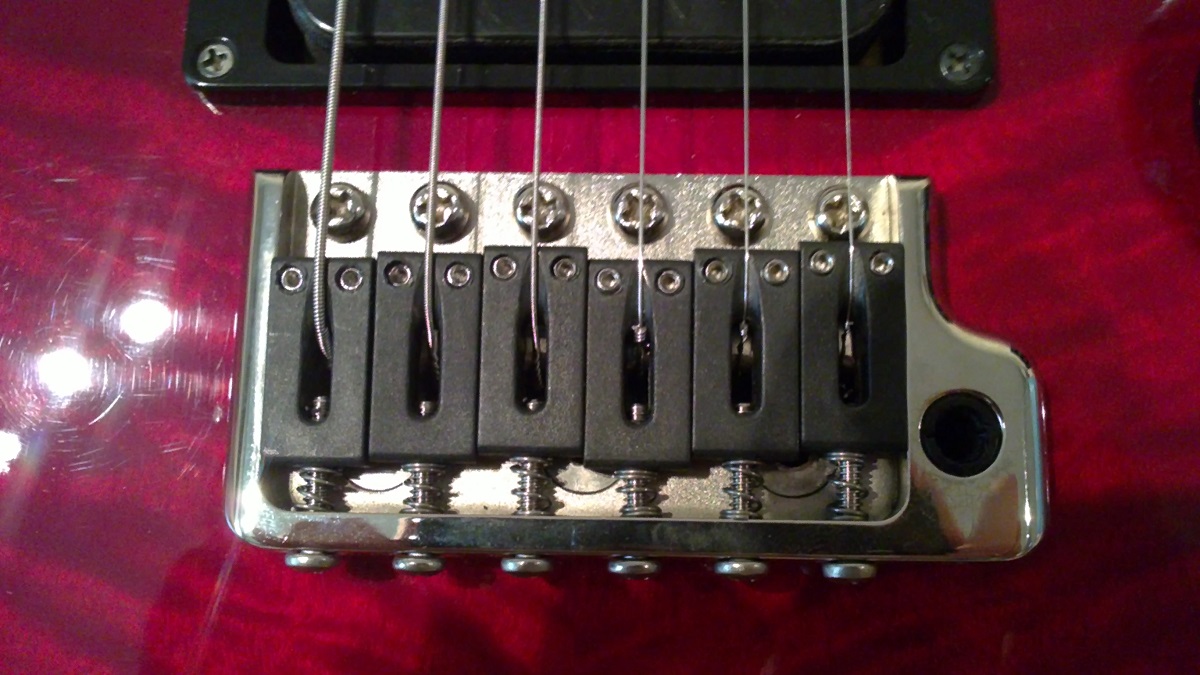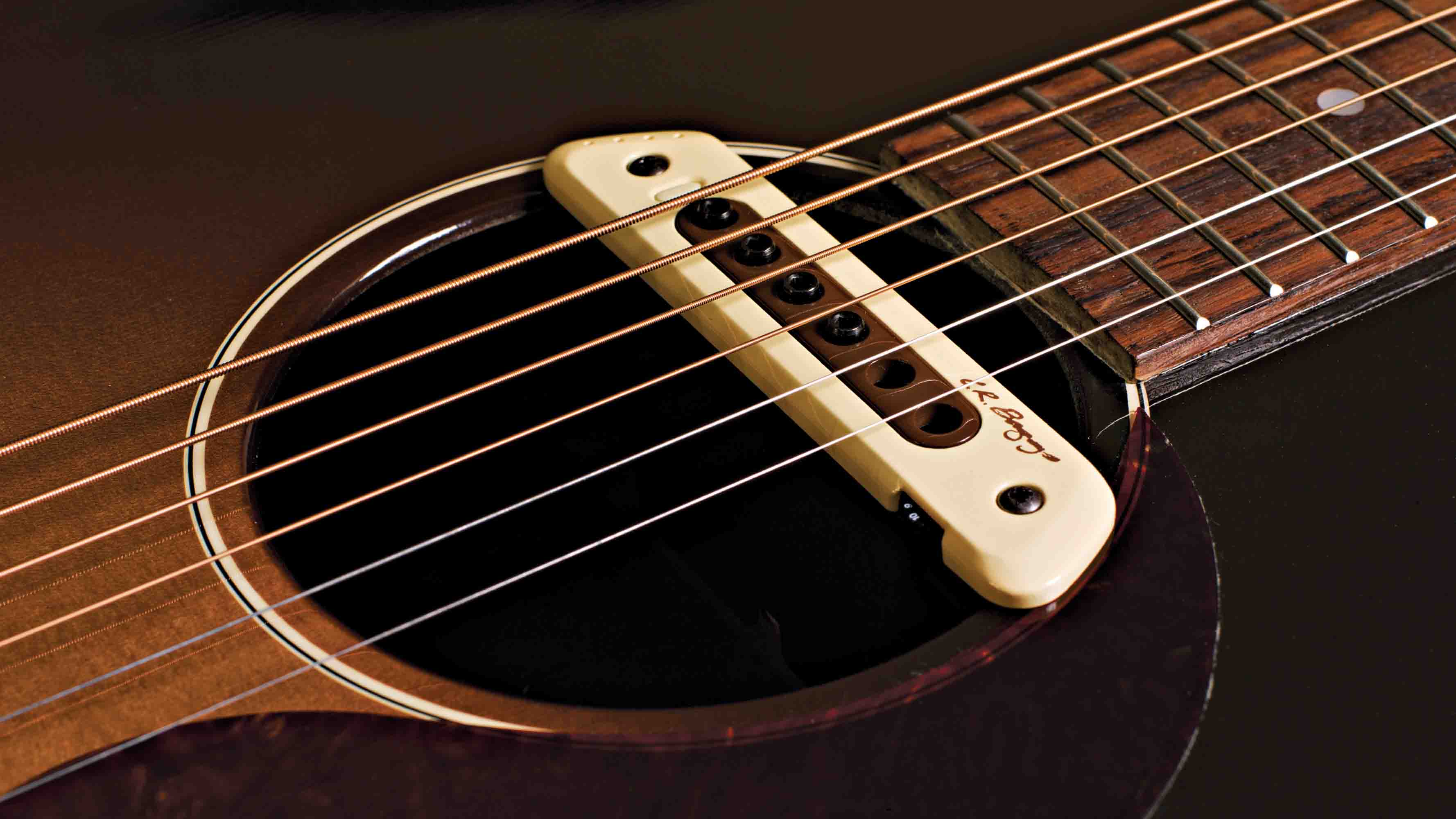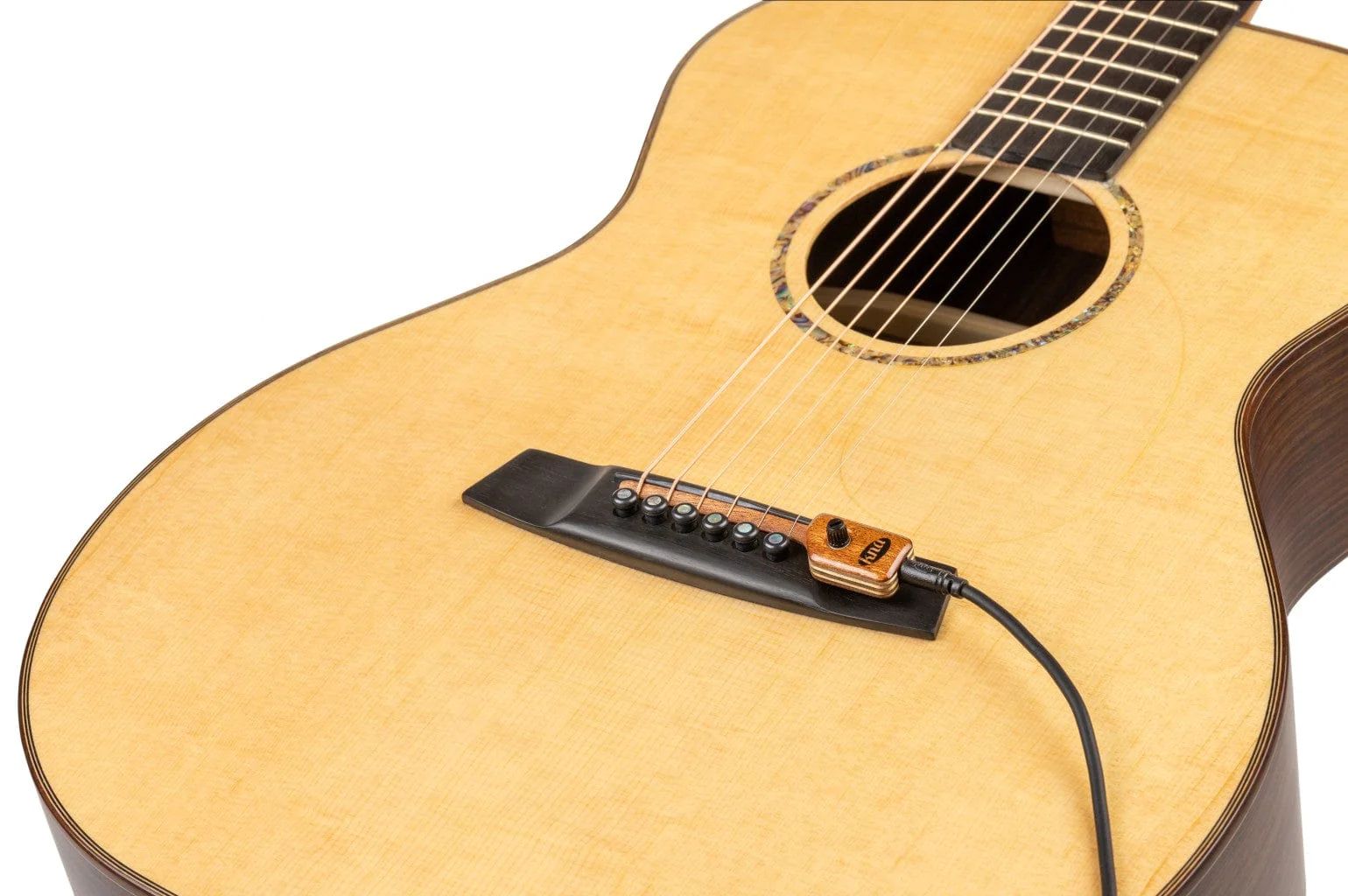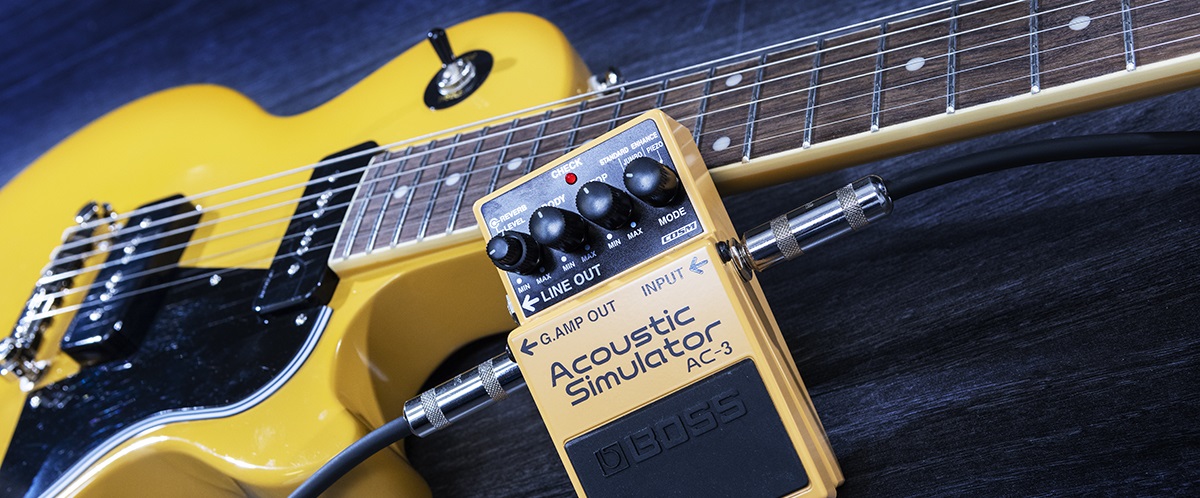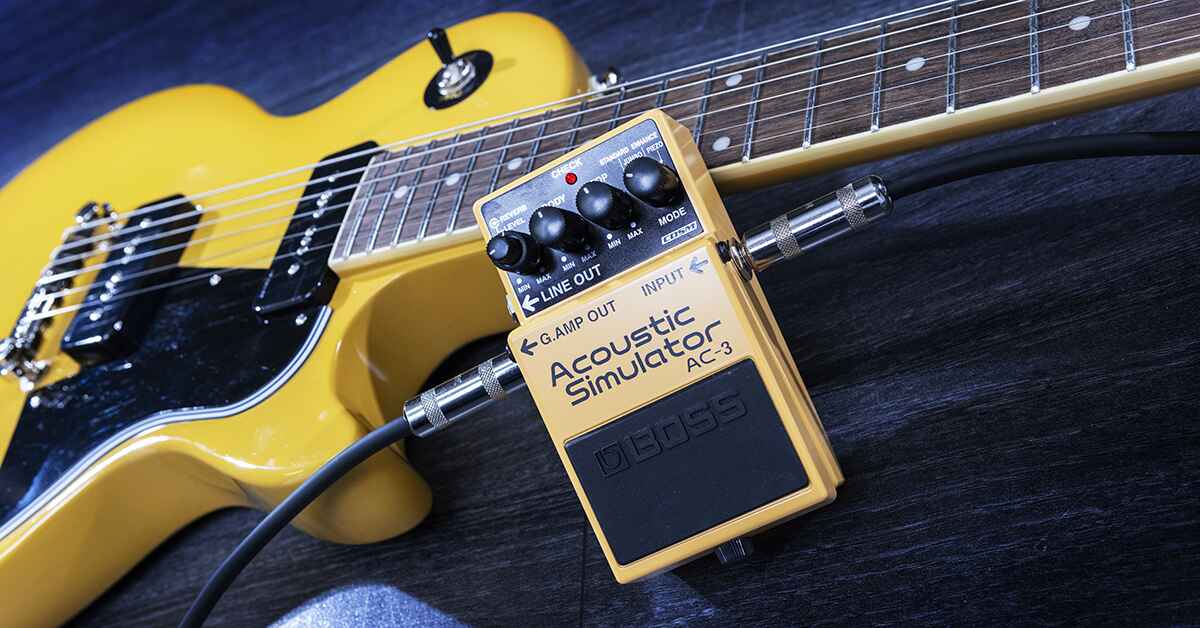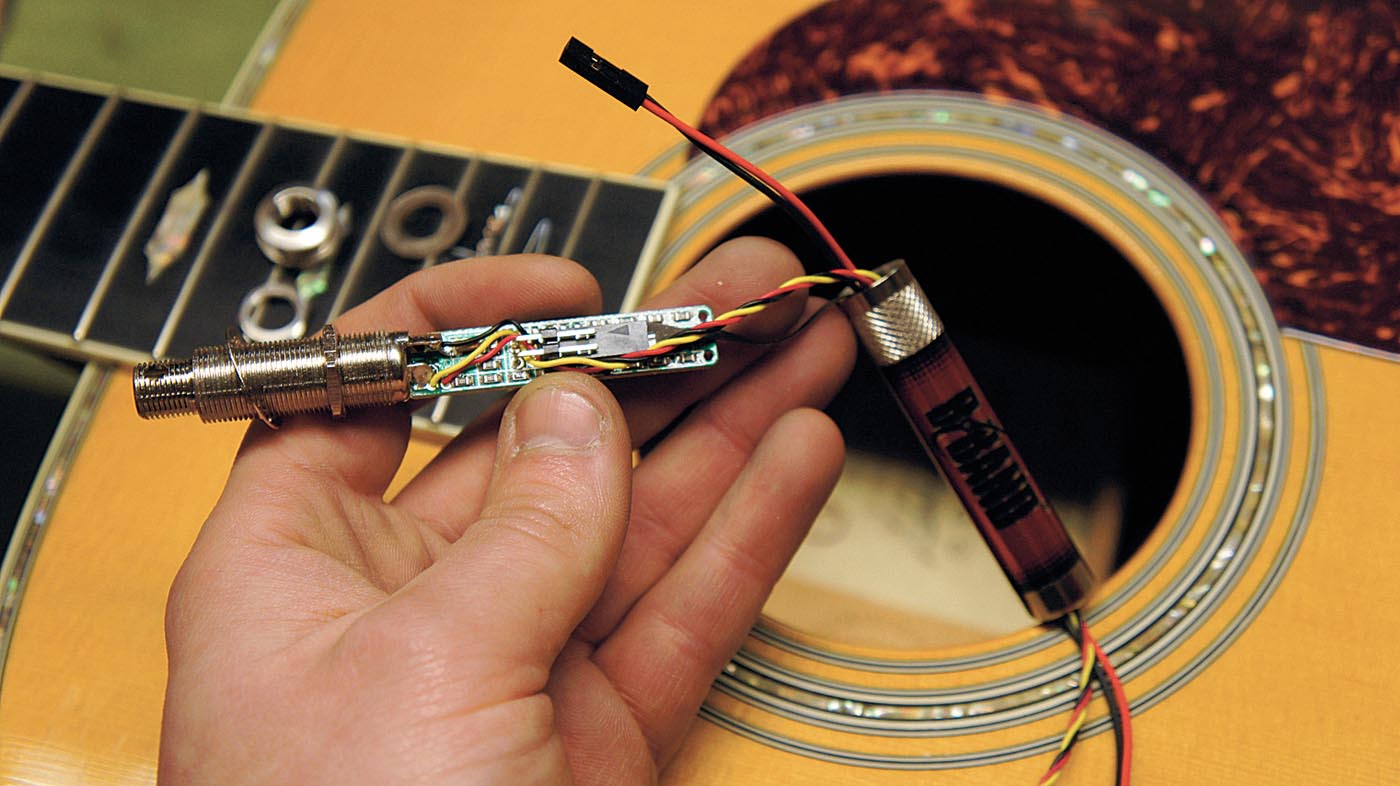Introduction
Introduction
When it comes to enhancing the sound of an electric guitar, the choice of pickups plays a pivotal role. While traditional magnetic pickups have long been the standard, the addition of piezo pickups has opened up a world of sonic possibilities. Piezo pickups, known for their clear and natural sound reproduction, offer a distinct tonal quality that complements the traditional magnetic pickups. In this article, we will explore the impact of adding piezo pickups to an electric guitar and delve into the considerations for integrating them effectively.
The addition of piezo pickups introduces a new dimension to the sonic palette of an electric guitar, providing a brighter, more acoustic-like sound that can expand the instrument's versatility. Whether you're aiming for a crisp, acoustic-like tone, seeking to capture the nuances of fingerstyle playing, or aiming for a more expansive sonic range, piezo pickups can be a valuable addition to your guitar setup.
As we delve into the realm of piezo pickups, we will examine the impact of single piezo pickups, the advantages of incorporating multiple piezo pickups, and the potential for a combination of piezo and magnetic pickups to create a harmonious blend of tonal characteristics. Whether you are a seasoned guitarist or an enthusiast looking to enhance your instrument, understanding the implications of adding piezo pickups to your electric guitar can significantly influence your sonic journey. Join us as we embark on an exploration of the transformative potential of piezo pickups in the realm of electric guitars.
Single Piezo Pickup
When considering the addition of piezo pickups to an electric guitar, the option of incorporating a single piezo pickup presents a compelling starting point. A single piezo pickup, typically mounted beneath the bridge saddle, captures the vibrations of the strings and translates them into electrical signals, offering a distinct tonal quality that differs from traditional magnetic pickups.
The installation of a single piezo pickup can imbue the electric guitar with a brighter and more articulate sound, reminiscent of the characteristic tonal nuances of an acoustic guitar. This can be particularly advantageous for guitarists seeking to expand their sonic repertoire by incorporating acoustic-like tones into their music without the need for an additional acoustic guitar.
One of the notable advantages of a single piezo pickup is its ability to capture the subtle nuances of fingerstyle playing, delivering a clear and defined representation of the guitarist’s intricate finger movements and the nuances of the strings’ vibrations. This can be especially appealing for musicians who prioritize expressive playing and seek to convey the intricacies of their performance with precision and clarity.
Moreover, the addition of a single piezo pickup can introduce a dynamic tonal contrast to the electric guitar’s sonic palette, offering a versatile range of sounds that can be seamlessly integrated into various musical genres and playing styles. The distinct tonal characteristics of a single piezo pickup can add depth and dimension to the instrument’s sonic identity, providing a compelling sonic canvas for musical exploration and creativity.
While a single piezo pickup can significantly augment the sonic capabilities of an electric guitar, it is important to note that the tonal output may vary based on the specific placement and configuration of the pickup. Additionally, the integration of a preamp or onboard electronics can further refine and shape the tonal characteristics, allowing for greater control and customization of the piezo pickup’s sonic output.
Multiple Piezo Pickups
Exploring the realm of sonic versatility, the incorporation of multiple piezo pickups into an electric guitar presents an intriguing avenue for expanding tonal possibilities. By strategically placing multiple piezo pickups at various points along the guitar’s body or bridge, musicians can unlock a rich tapestry of tonal textures and acoustic-like resonance, transcending the sonic boundaries traditionally associated with electric guitars.
One of the notable advantages of employing multiple piezo pickups lies in the ability to capture the distinctive tonal characteristics of different string sections, thereby enriching the overall sonic profile of the instrument. By capturing the vibrations of individual strings with dedicated piezo pickups, guitarists can achieve a heightened level of articulation and tonal clarity, allowing for nuanced expression and dynamic tonal variations across the instrument’s range.
Furthermore, the utilization of multiple piezo pickups facilitates the emulation of acoustic guitar tonalities, enabling guitarists to seamlessly transition between traditional electric guitar sounds and resonant, acoustic-like timbres. This versatility empowers musicians to explore a diverse array of musical genres and performance styles, from delicate fingerstyle arrangements to vibrant strummed passages, all while harnessing the natural, expressive qualities associated with acoustic instruments.
Moreover, the integration of multiple piezo pickups can yield enhanced resonance and sustain, elevating the instrument’s sonic presence and imbuing the music with an organic, vibrant quality. This heightened resonance, coupled with the tonal clarity and articulation offered by the piezo pickups, contributes to a captivating sonic experience that resonates with depth and dimension.
It is essential to note that the effective integration of multiple piezo pickups necessitates meticulous calibration and thoughtful placement to optimize the tonal balance and ensure a cohesive sonic output. Additionally, the incorporation of dedicated preamp systems or onboard electronics can afford greater control and tonal shaping capabilities, empowering guitarists to tailor the sonic characteristics of each piezo pickup to suit their artistic vision and musical preferences.
Combination of Piezo and Magnetic Pickups
Blending the distinctive tonal qualities of piezo and magnetic pickups can yield a harmonious fusion of sonic characteristics, offering guitarists a versatile sonic palette that transcends the conventional boundaries of electric guitar tonality. By integrating both piezo and magnetic pickups into a single instrument, musicians can harness the unique strengths of each pickup type, resulting in a balanced and expressive sonic profile that accommodates a diverse range of musical styles and performance contexts.
One of the primary advantages of combining piezo and magnetic pickups lies in the ability to access a broad spectrum of tonal textures and timbres, allowing for seamless transitions between traditional electric guitar sounds and the nuanced, acoustic-like resonance afforded by piezo pickups. This versatility empowers musicians to explore a myriad of sonic possibilities, from crystalline, bell-like tones reminiscent of acoustic instruments to the rich, dynamic textures associated with magnetic pickups.
Furthermore, the combination of piezo and magnetic pickups facilitates the creation of layered, complex sonic textures, enabling guitarists to craft expansive soundscapes that resonate with depth and dimension. Whether employed in solo performances or within ensemble settings, the ability to blend the distinct tonal characteristics of both pickup types enhances the instrument’s expressive potential, offering a captivating sonic canvas for musical exploration and creativity.
Additionally, the integration of piezo and magnetic pickups can provide enhanced tonal clarity and articulation, allowing for the faithful reproduction of intricate playing techniques and subtle nuances. This heightened level of detail and expressiveness empowers guitarists to convey the full spectrum of their musical expression, from delicate fingerstyle passages to dynamic, emotive performances, with precision and authenticity.
It is important to note that the effective integration of piezo and magnetic pickups requires thoughtful calibration and, in some cases, the incorporation of specialized blending systems or onboard electronics to seamlessly combine and shape the output of both pickup types. By leveraging these technological advancements, guitarists can exercise precise control over the balance and interaction between the piezo and magnetic pickups, tailoring the instrument’s sonic characteristics to suit their artistic vision and tonal preferences.







